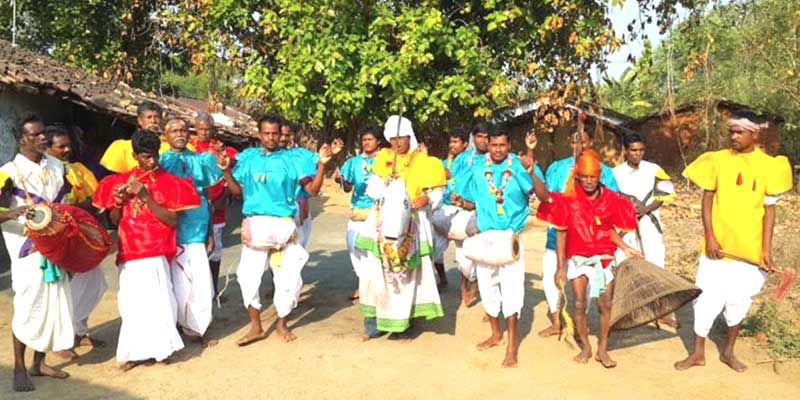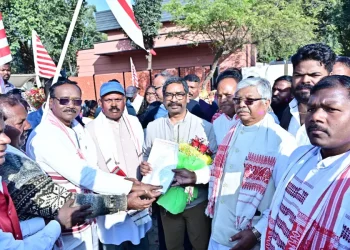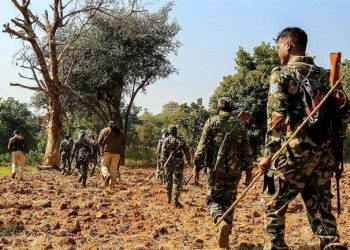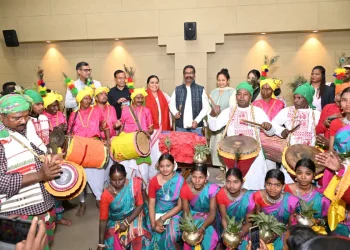‘Kahe Budha Raja Madli baja
Baje Bibhidha Prakara
Tama Naam Dhari Gayana Karuchhe
Kanthe Basa Budha Raja.’This can be roughly translated as an entreaty to the deity Budha Raja to reside forever in the singer’s throat, from where his voice emanates to sing praises of the lord to the beats of the Madli.
Budha Raja is the presiding deity of the Gonds of Ampani panchayat of Kalahandi district.
Legend has it that Lord Brahma made a Madli, an earthen musical instrument, covered with the skin of ferocious demon, Madhu Daitya, after slaying him during Satyug (the age of truth). Brahma then gifted the instrument to Lord Shiva, who handed it over to Budha Raja, with whom the Madli has since been associated.
The Madli Naach is performed on an evening during harvest time near Navratri-Dussehra. The dance highlights different aspects of agriculture.
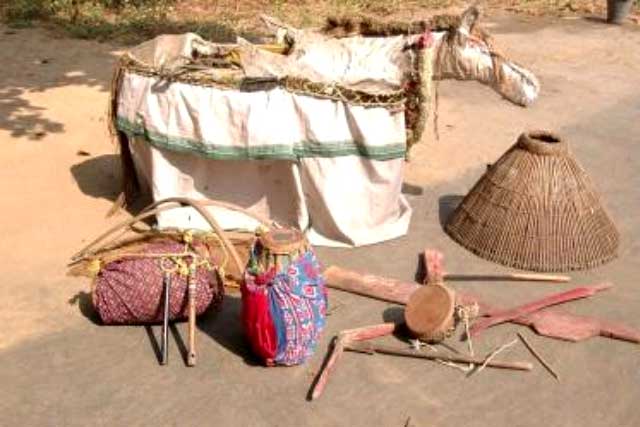
The main dancer dons the costume of a horse to play Budha Raja, while others wear white dhoti and a crown of leaves on their heads
The protagonist dons a bamboo-and-straw costume of a horse to play Budha Raja, while others wear white dhoti and a crown of leaves on their heads. Six male dancers tie Madli covered with bovine or goat hide around their waists. A file of three dances before the protagonist and the other three dance behind him.
Another dancer with the musical instrument ‘tamki’ performs on the right side of Budha Raja. Others with the ‘kadhua’ (a long wooden implement), ‘thapa’ (a kind of woven bamboo cage) and fishing nets encircle the group dancing.
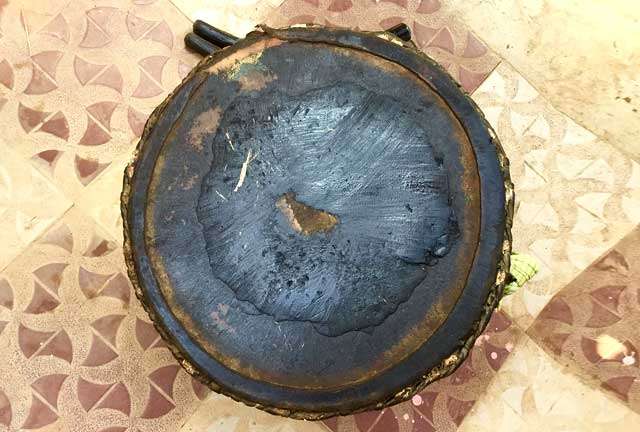
Guru Dayananda Panda, president of cultural outfit ‘Pratibha’ in Bhawanipatna, Kalahandi, explains the significance. “Earlier, the dancers would wind straw ropes around their bodies. The Kadhua is used for digging earth. The Thapa is like baskets used to cover chicken,” he says. “The straw ropes probably symbolize paddy cultivation, while Kadhua, Thapa and fishing net represent plowing, poultry, and pisciculture, respectively, the three segments of agriculture for Gonds.”
However, Panda rues how Madli is no longer as popular. “This dance is fading out.. While five troupes would perform it about a decade ago, now, only Pratibha in Bhawanipatna and Budha Raja Madli Dance Group in village Banjilalpada keep it alive,” he says.











